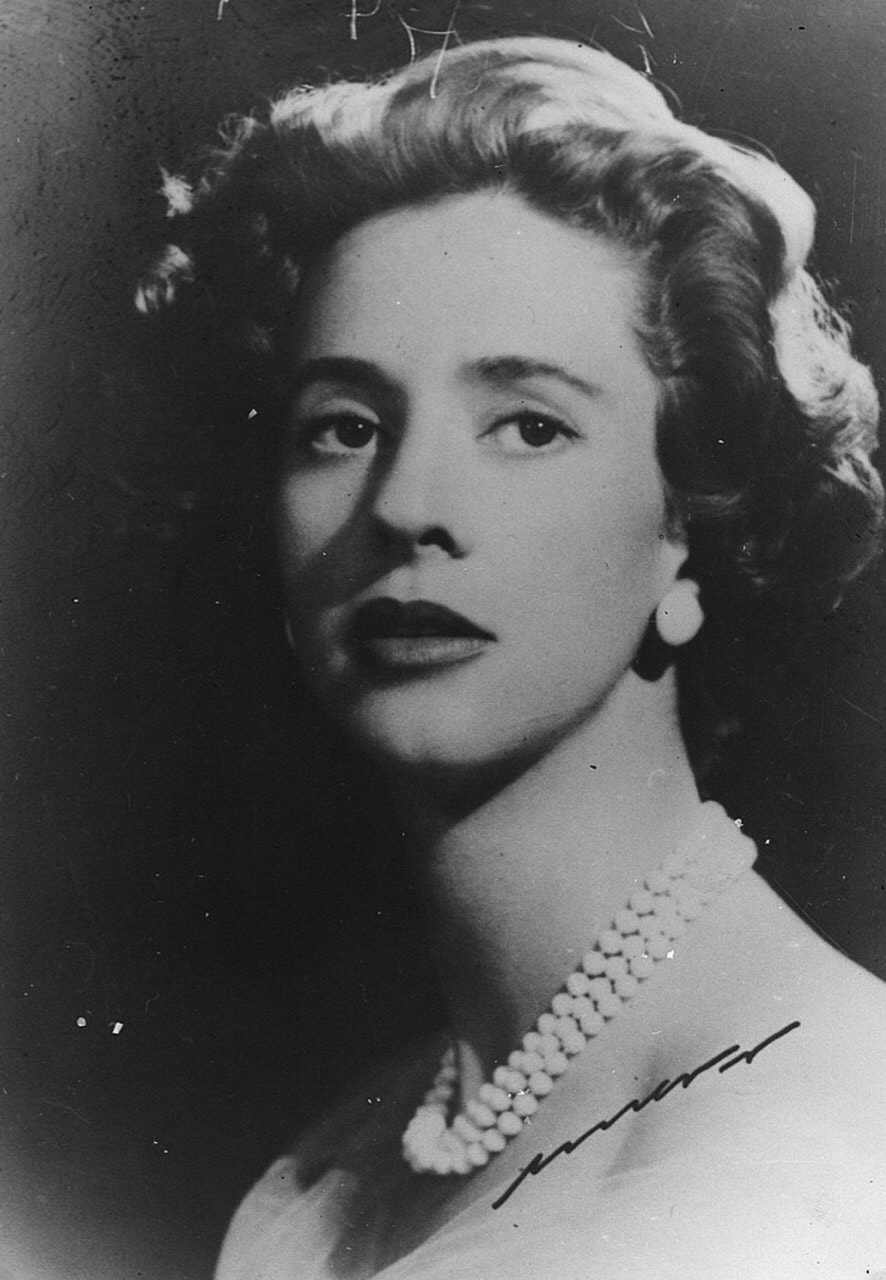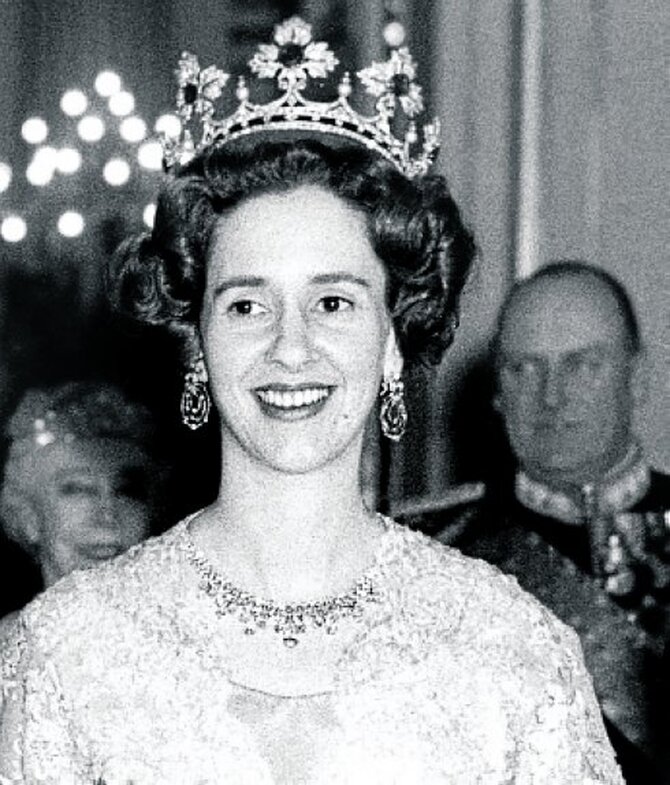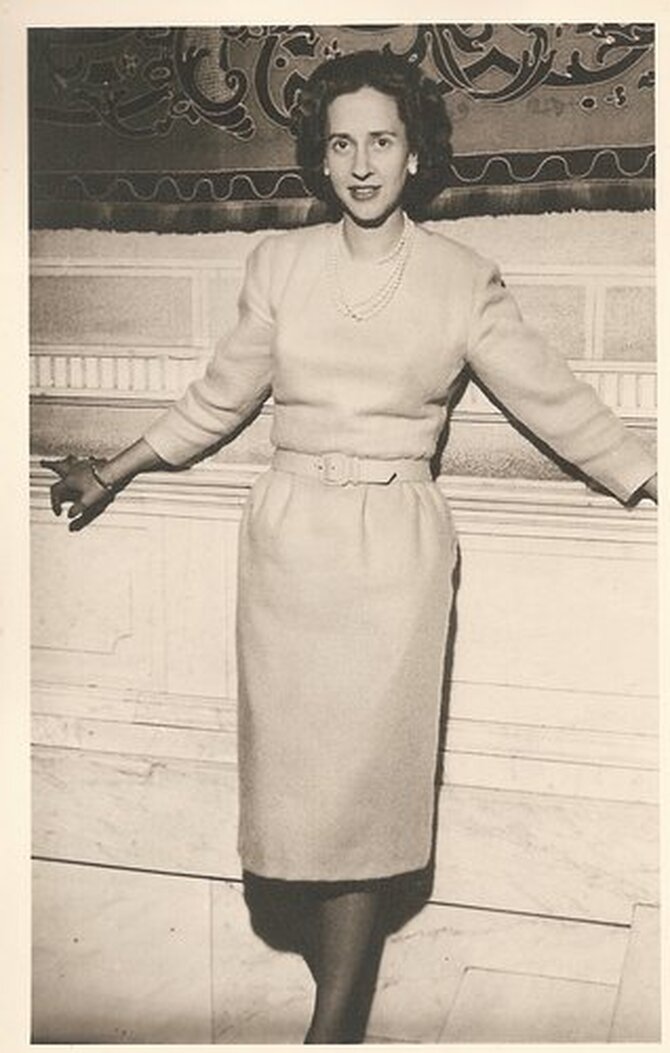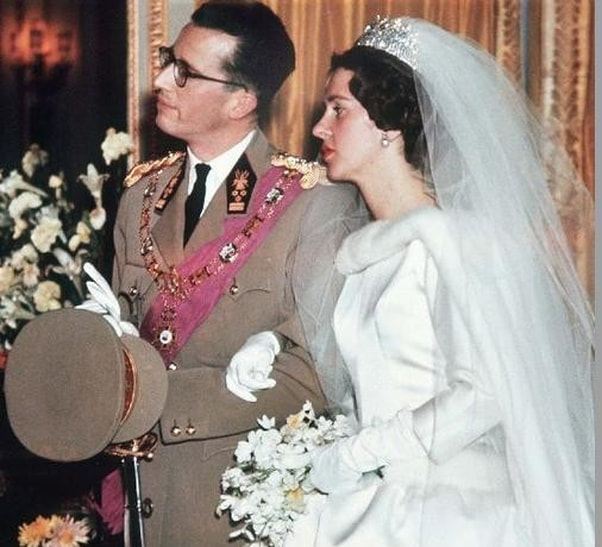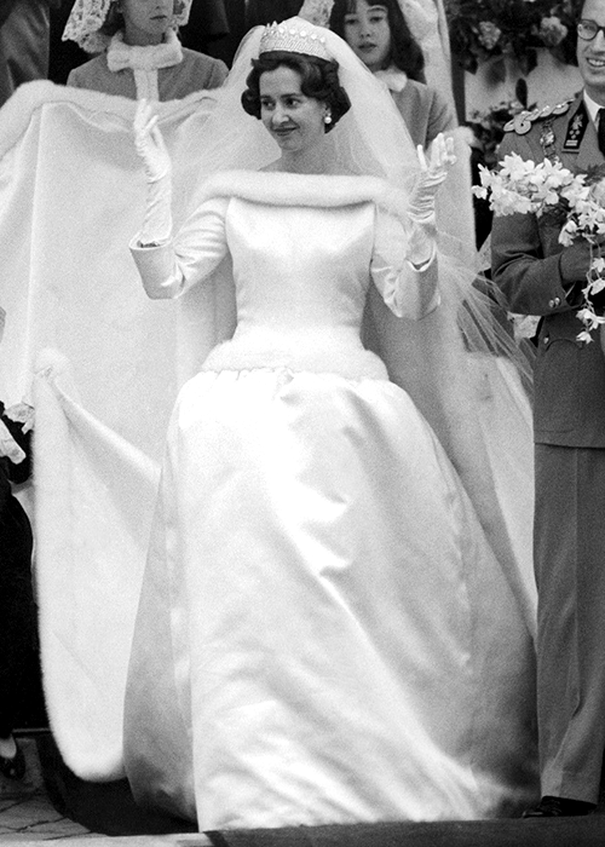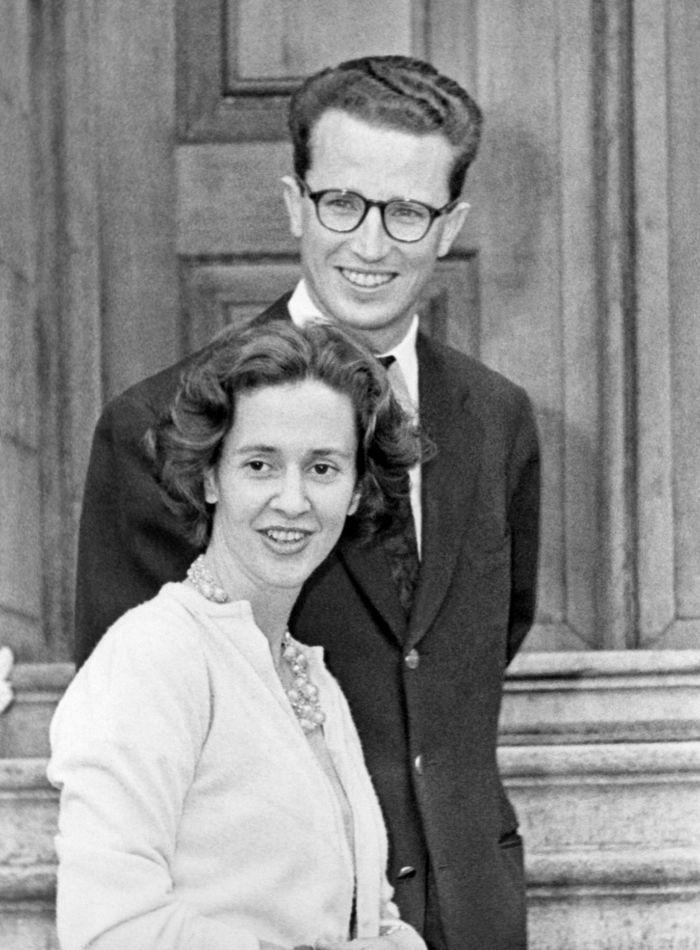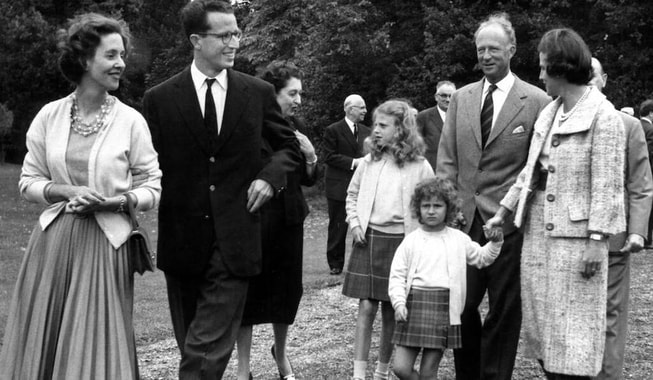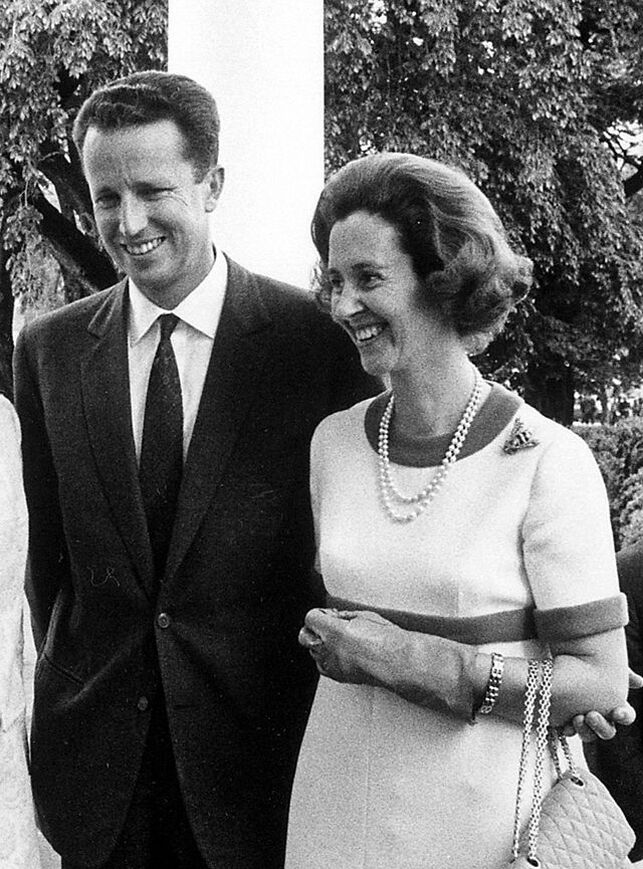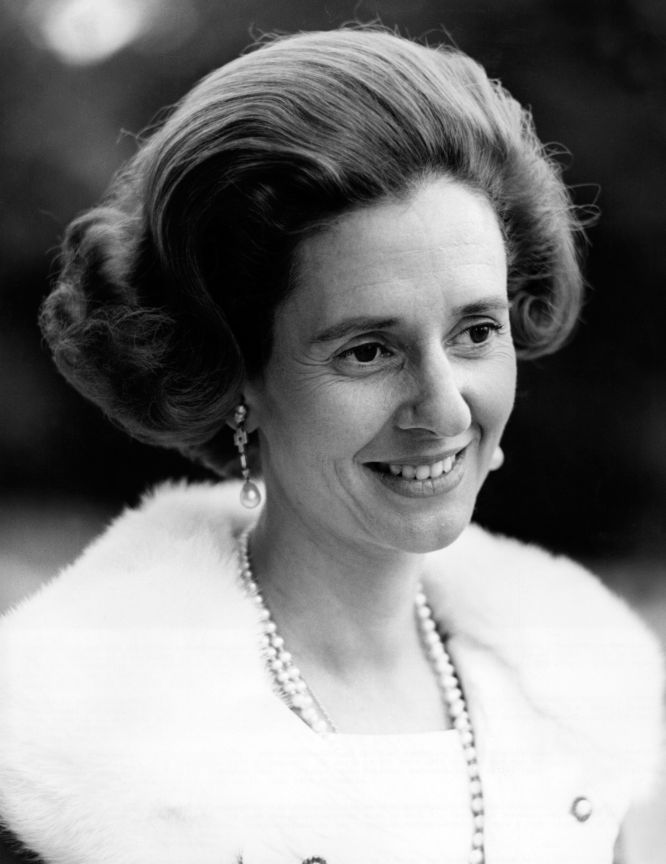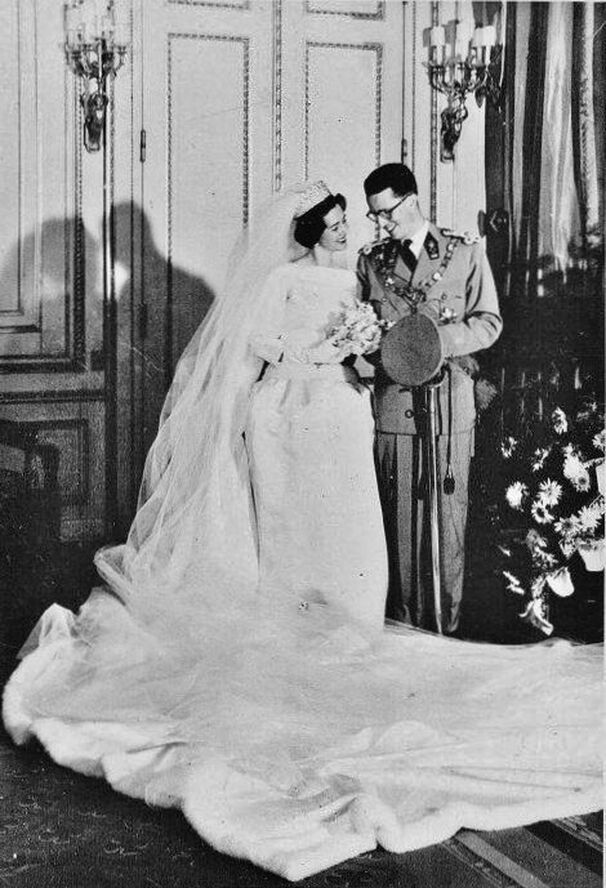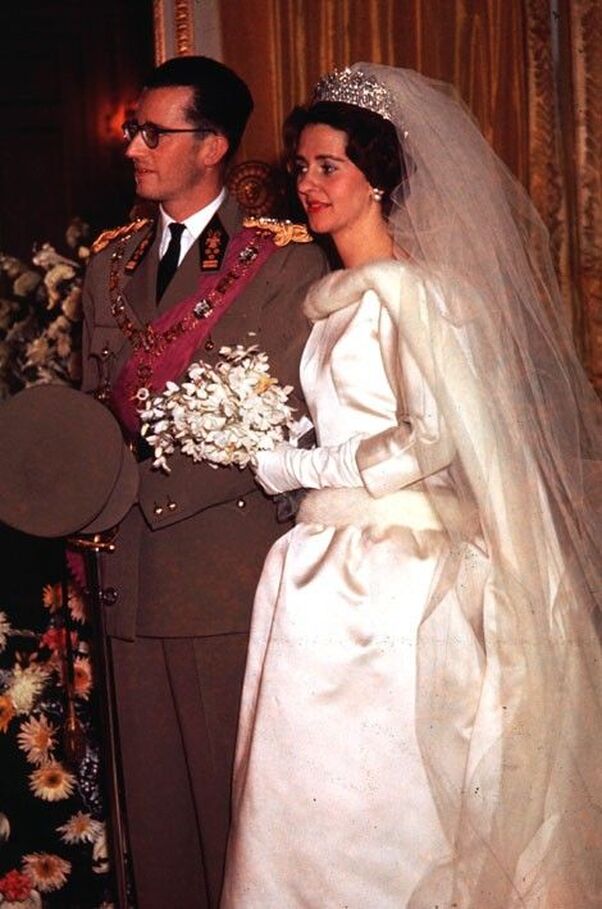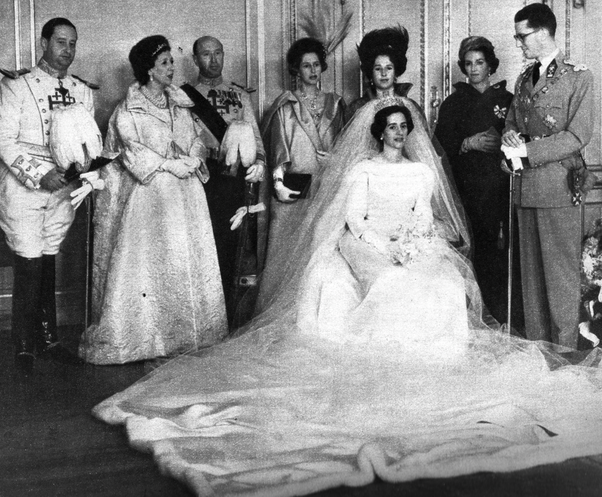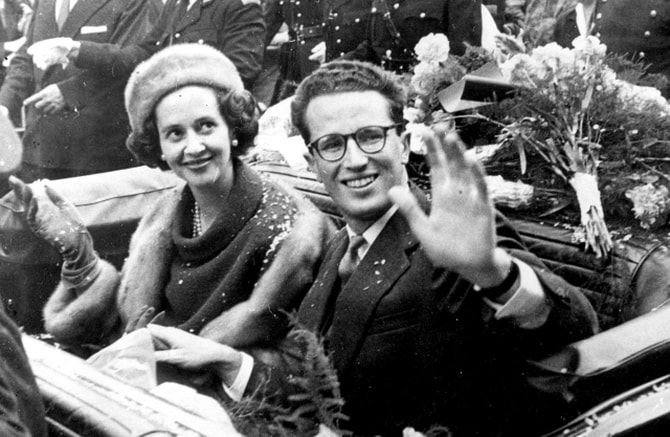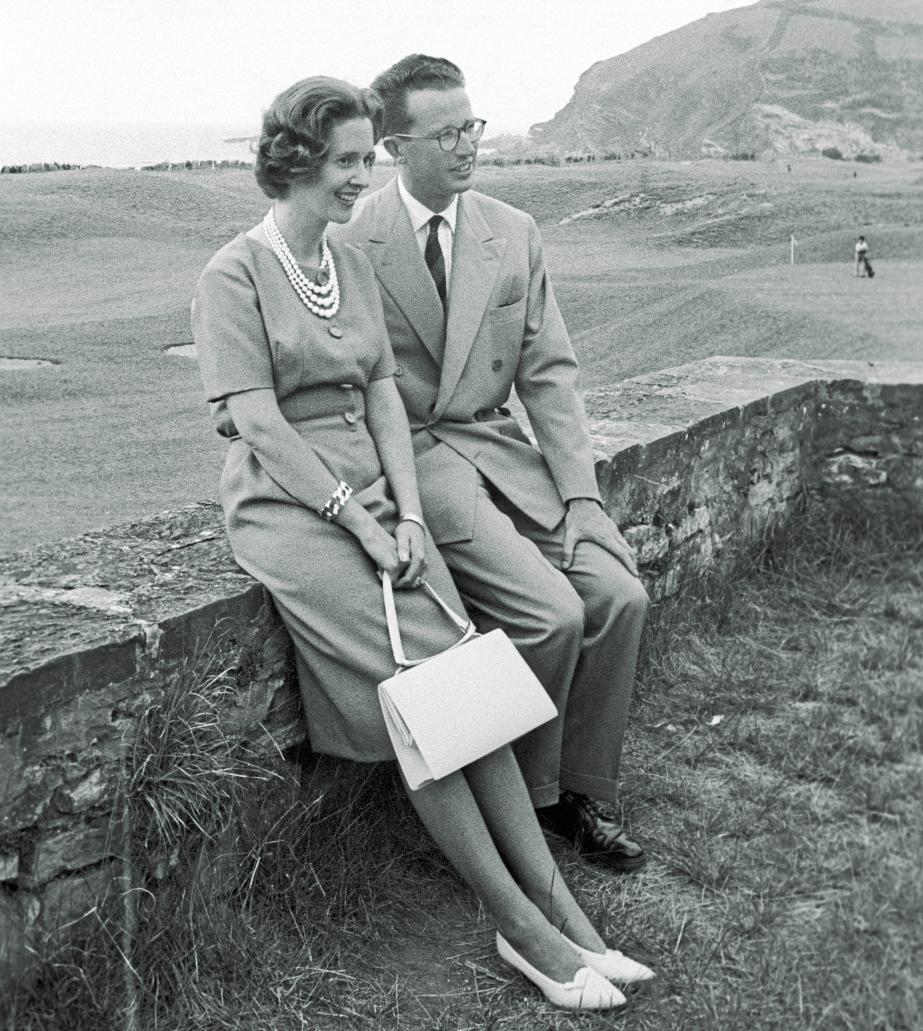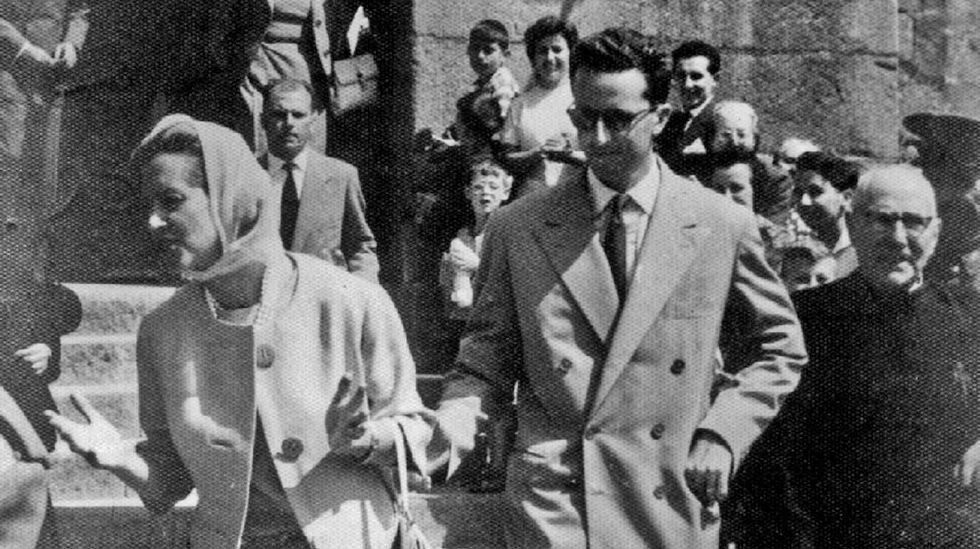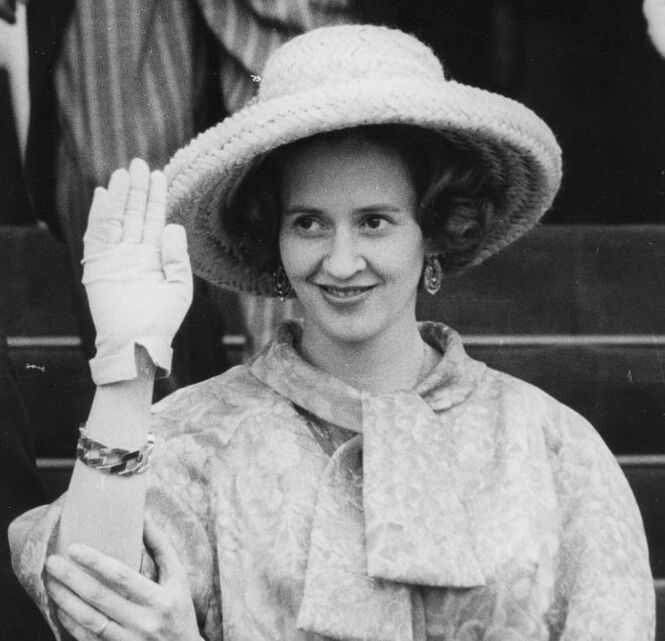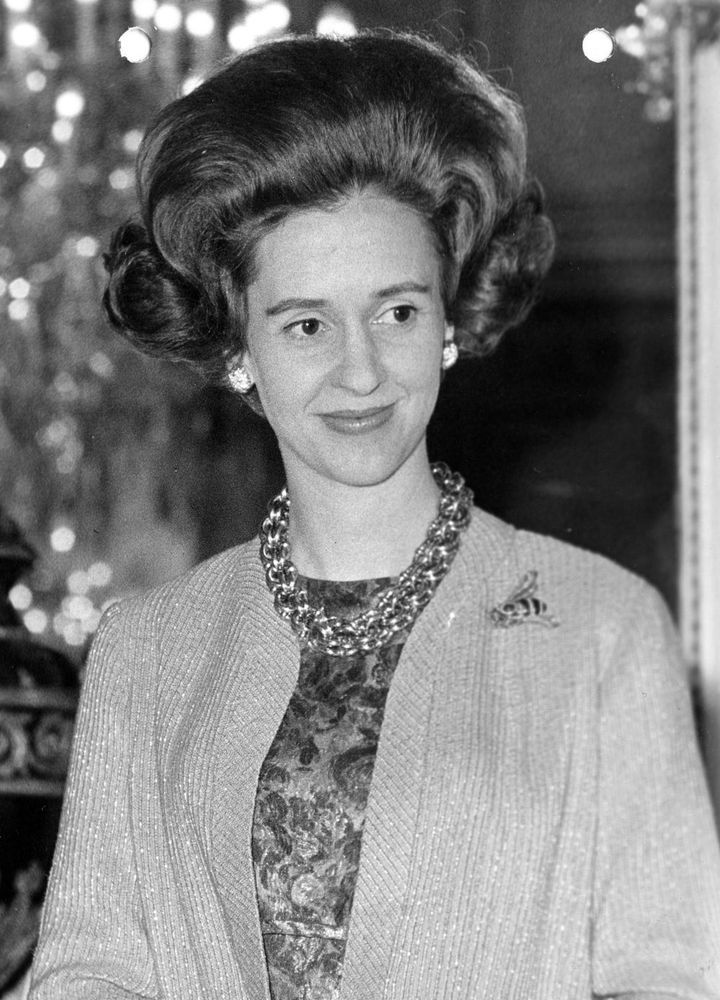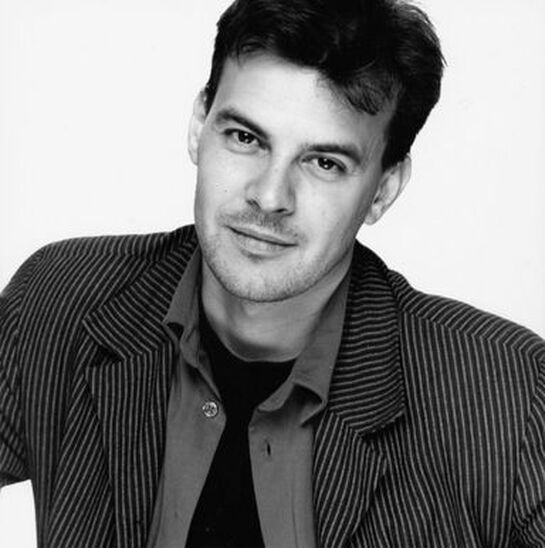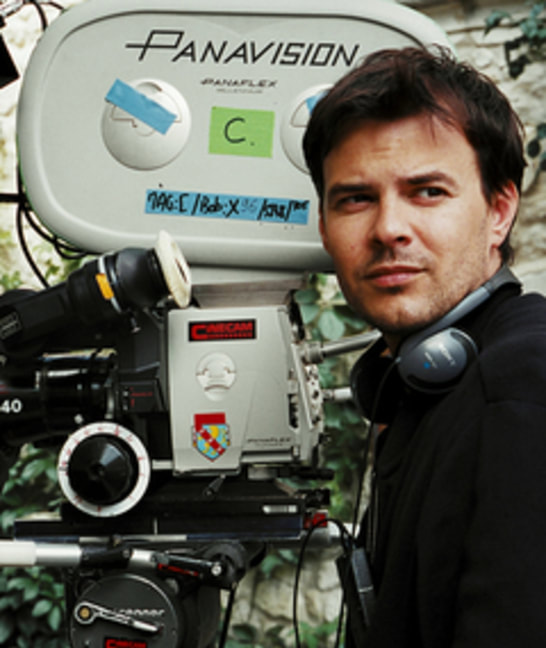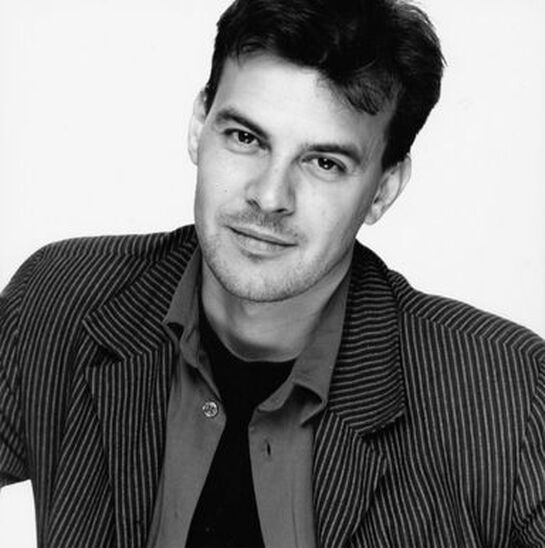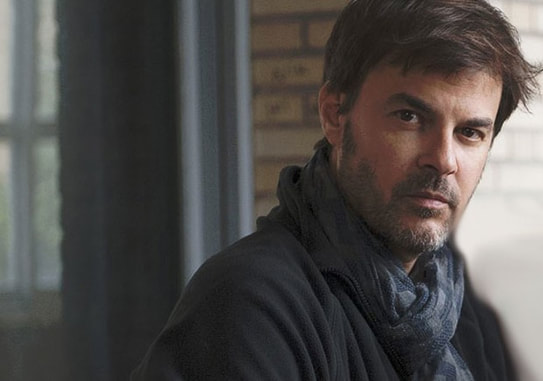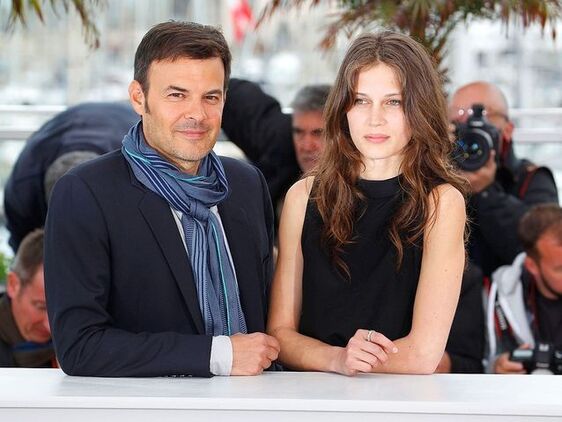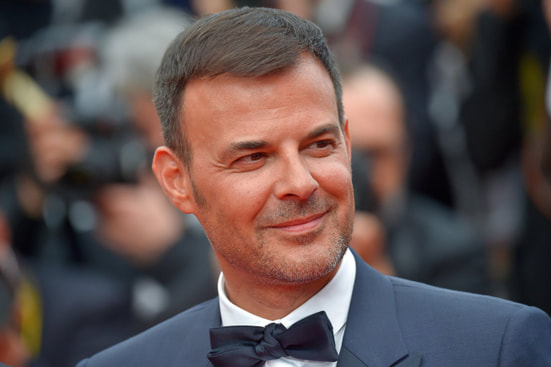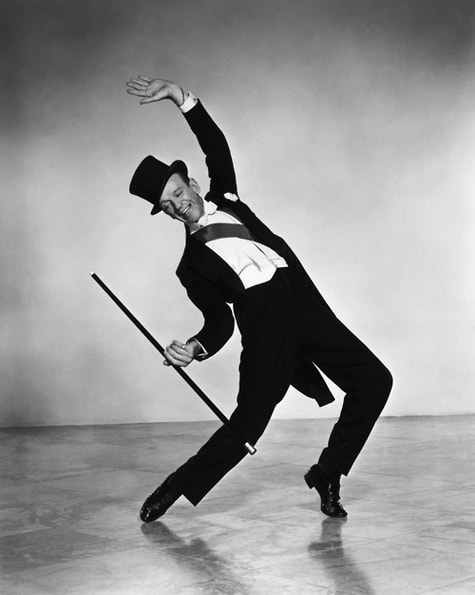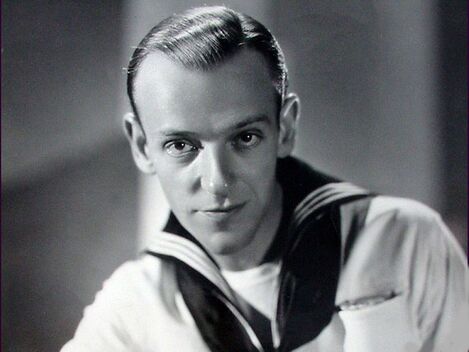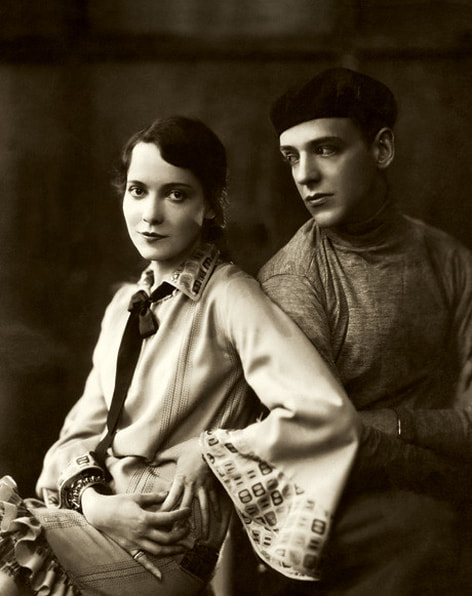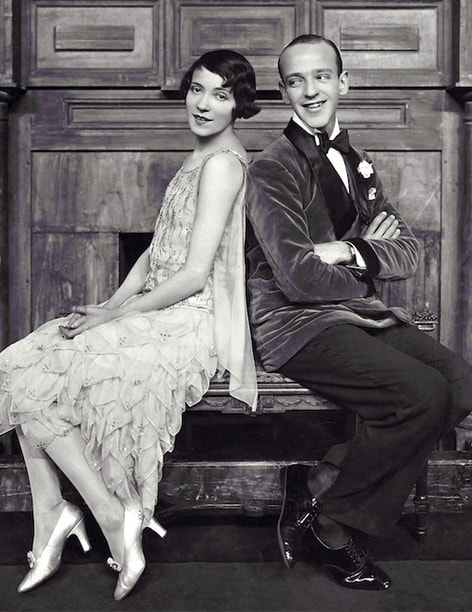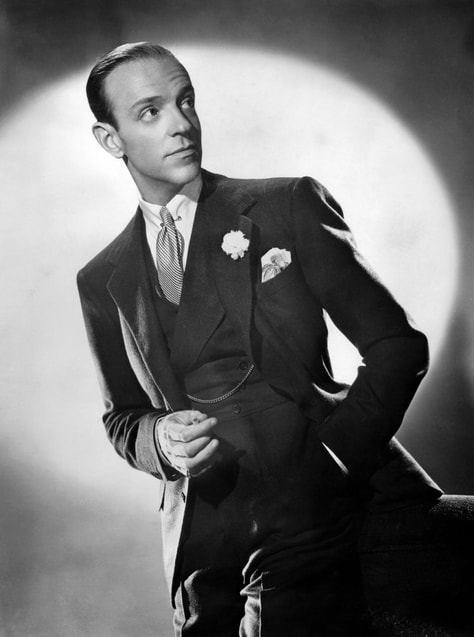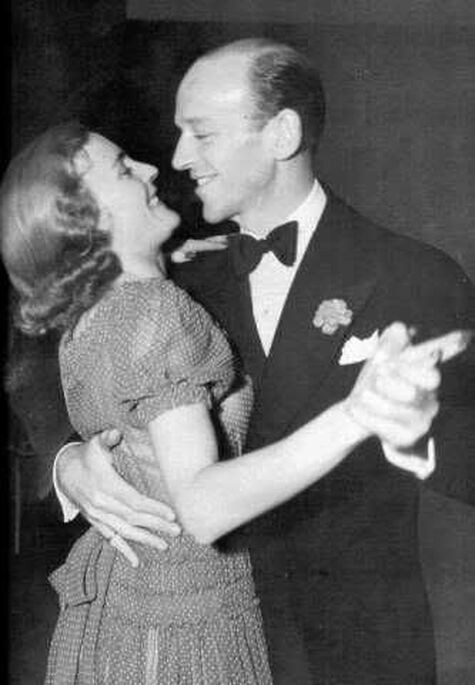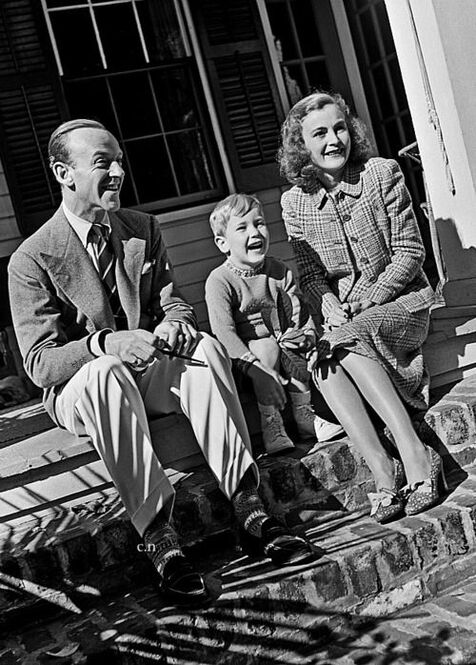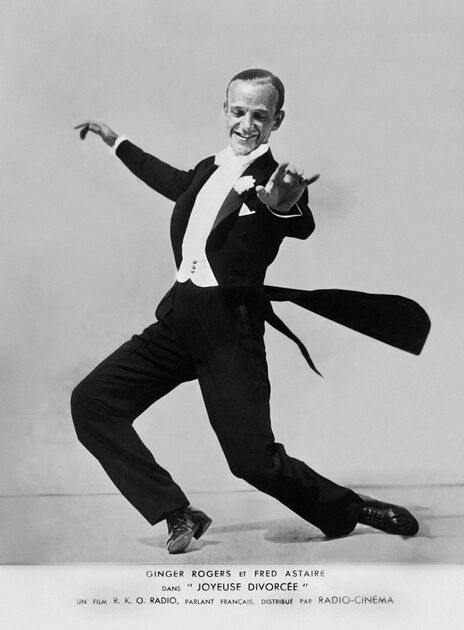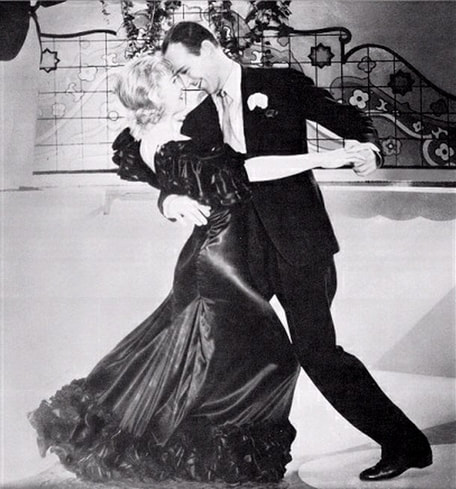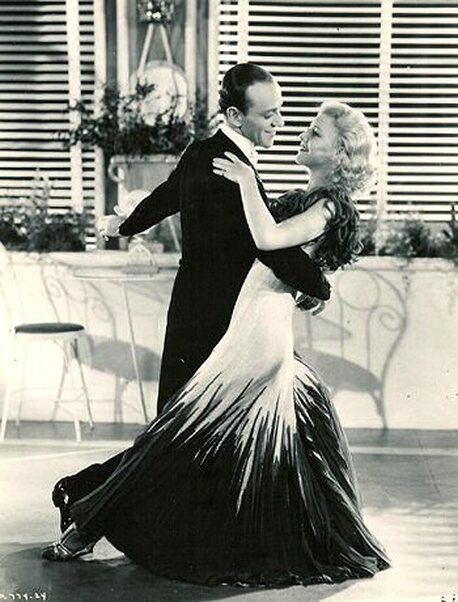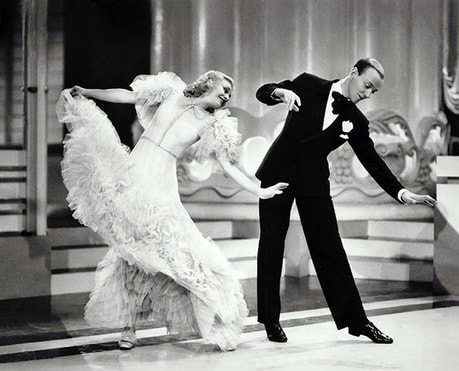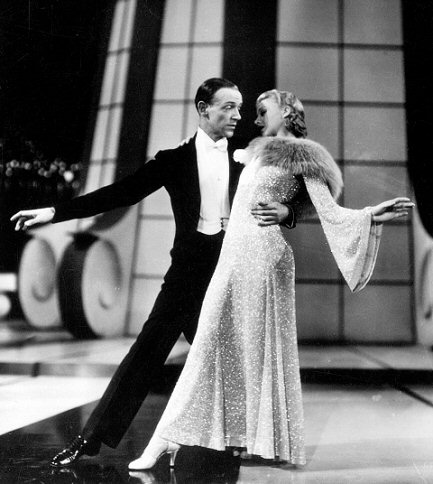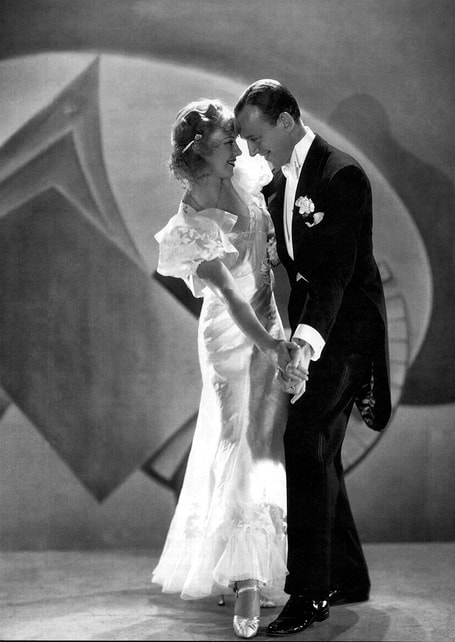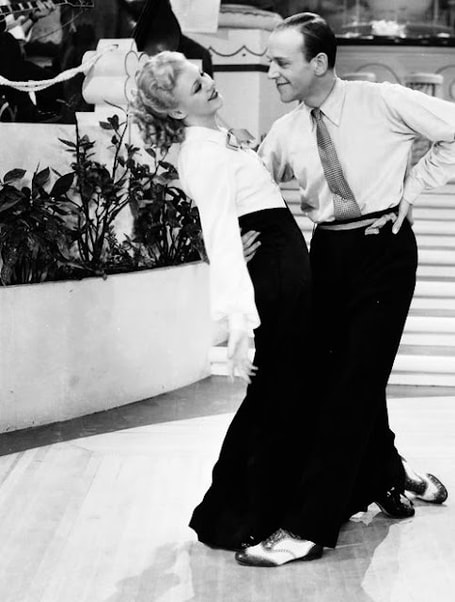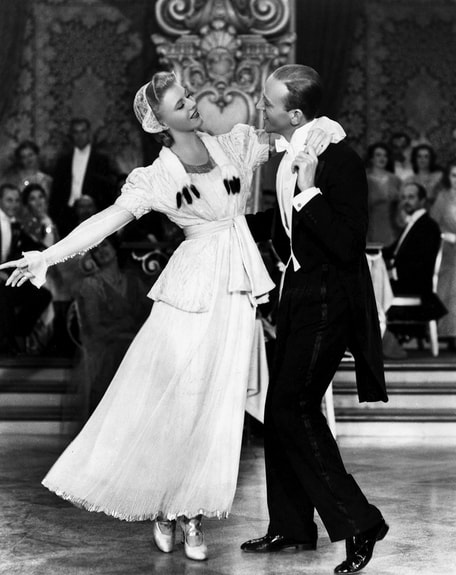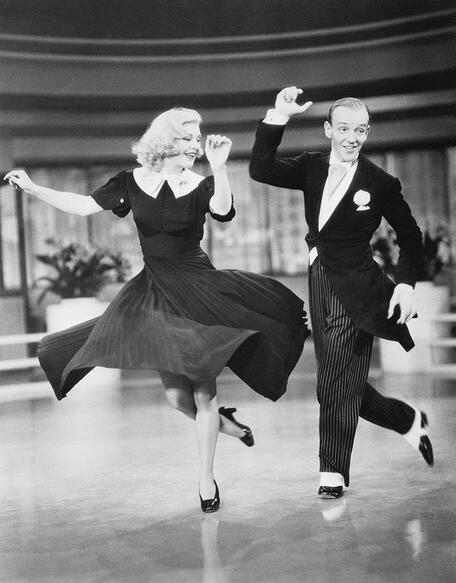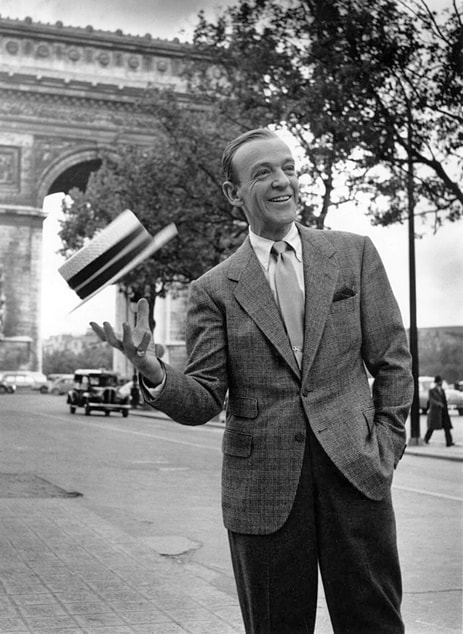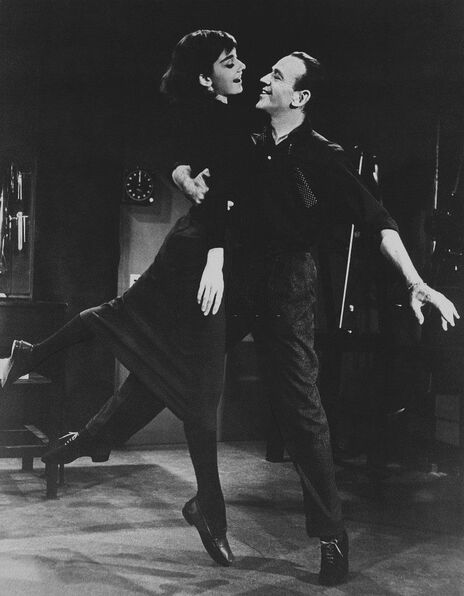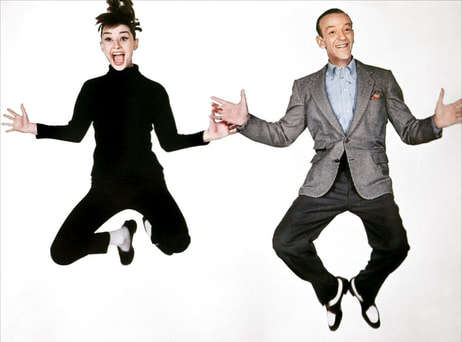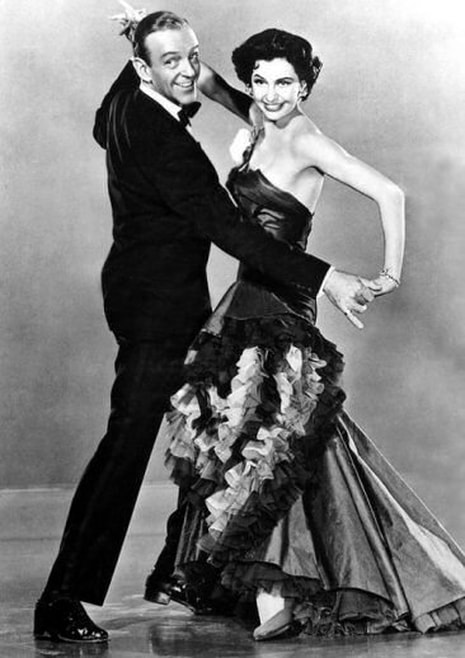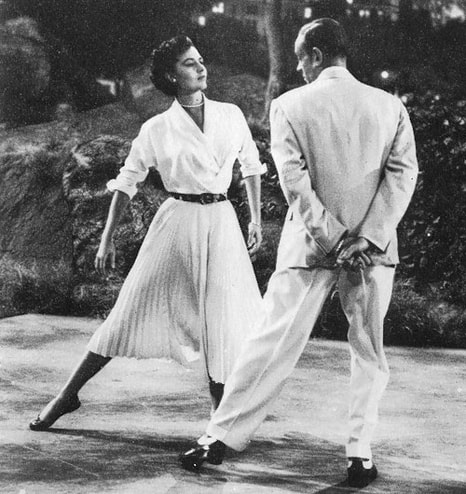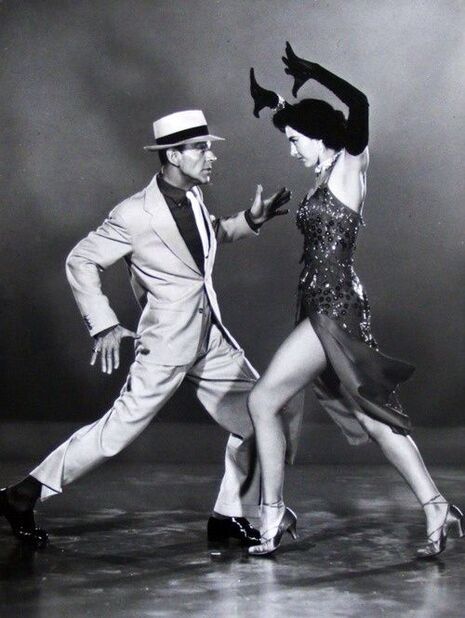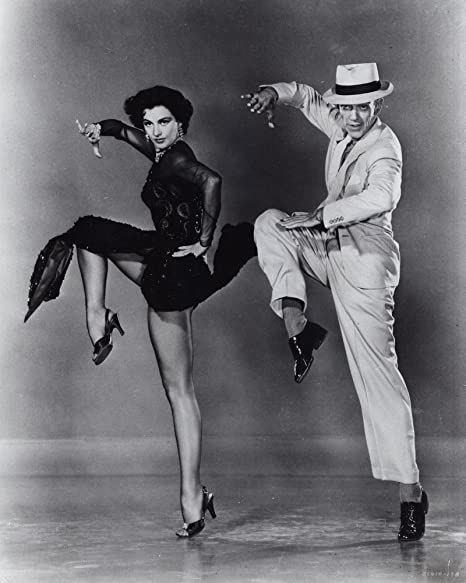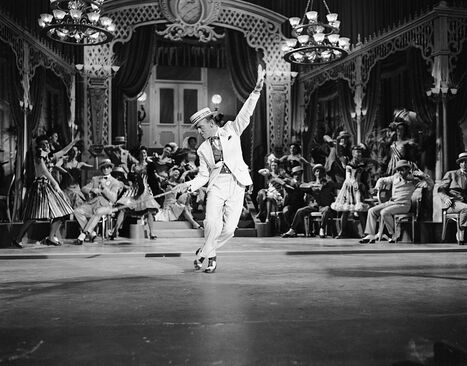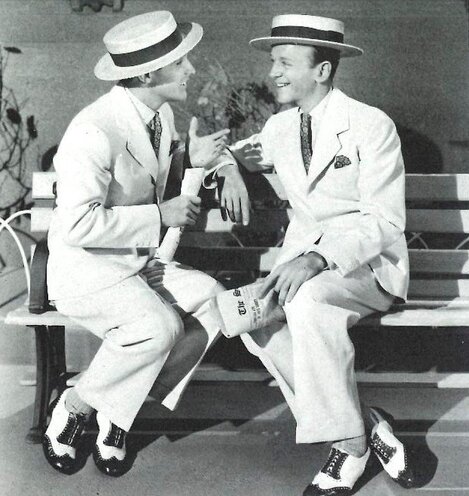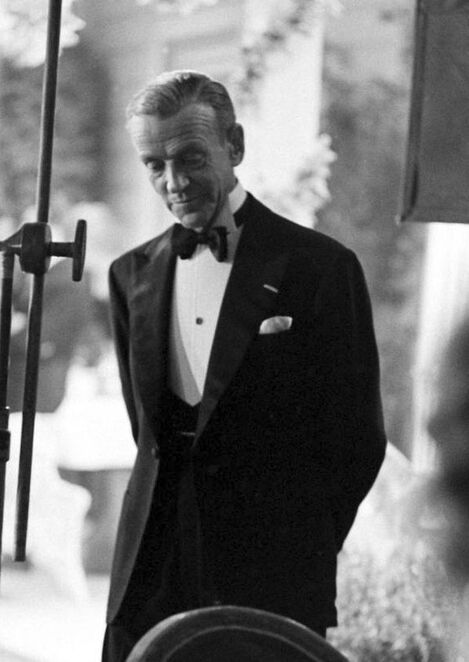|
Doña Fabiola Fernanda María-de-las-Victoria Antonia Adelaida de Mora y Aragón (11 June 1928 – 5 December 2014) was Queen of the Belgians from her marriage to King Baudouin in 1960 until his death in 1993. The couple had no children, so the Crown passed to her husband's younger brother, King Albert II. Fabiola de Mora (Madrid; 11 de junio de 1928 - Bruselas; 5 de diciembre de 2014) fue una aristócrata española, hija de los Marqueses de Casa Riera que se convirtió en reina consorte de los belgas tras su matrimonio con el rey Balduino de Bélgica entre 1960 y 1993. BiographyDoña Fabiola de Mora y Aragón was born in Madrid, Spain, at the Palacio de Zurbano, the main residence of the Marqués de Casa Riera. She was the daughter of Don Gonzalo de Mora y Fernández y Riera y del Olmo, 4th Marqués de Casa Riera, 2nd Count of Mora (1887–1957), and his wife, Doña Blanca de Aragón y Carrillo de Albornoz y Barroeta-Aldamar y Elío (1892–1981), daughter of the 6th Marchioness of Casa Torres and Viscountess of Baiguer. Her godmother was Queen Victoria Eugenia of Spain. Fabiola worked as a nurse in a hospital in Madrid. Before her marriage, she published an album of 12 fairy tales (Los doce cuentos maravillosos), one of which ("The Indian Water Lilies") would get its own pavilion in the Efteling theme park in 1966. On 15 December 1960, Fabiola married Baudouin, who had been King of the Belgians since the abdication of his father, Leopold III, in 1951. At the marriage ceremony in the Cathedral of St. Michael and St. Gudula, she wore a 1926 Art Deco tiara that had been a gift of the Belgian state to her husband's mother, Astrid of Sweden, upon her marriage to Leopold III. Her dress of satin and ermine was designed by the couturier Cristóbal Balenciaga. On the occasion of her marriage, Spanish bakers set out to honour Fabiola and created a type of bread, "la fabiola", which is still made in Palencia. According to official sources, Queen Fabiola was fluent in French, Dutch, English, German and Italian, in addition to her native Spanish. The royal couple had no children, as the Queen's five pregnancies ended in miscarriage in 1961, 1962, 1963, 1966 and 1968. Fabiola openly spoke about her miscarriages in 2008: 'You know, I myself lost five children. You learn something from that experience. I had problems with all my pregnancies, but you know, in the end I think life is beautiful'. She and Baudouin I called the miscarriages a chance to be able to love all children. She was deeply involved with the upbringing of Prince Philippe and Princess Astrid. Baudouin died in late July 1993 and was succeeded by his younger brother, Albert II. Fabiola moved out of the Royal Castle of Laeken to the more modest Stuyvenberg Castle and reduced her public appearances so as not to overshadow her sister-in-law, Queen Paola. In September 1993, she became the president of the King Baudouin Foundation, established in 1976 to mark the twenty fifth anniversary of King Baudouin's reign. The foundation's purpose is to improving the living conditions of the population. During the 1990s, the Hospital Saint-Pierre in Brussels was important in matters around AIDS. Queen Fabiola visited them in 1993 and embraced a patient. She was one of the first public figures to do this. Queen Fabiola also founded the Social Secretariat of the Queen with the purpose to answering many requests for help. She has supported study programmes aimed at prevention and treatment of dyslexia among children. She established Queen Fabiola Fund for Mental Health. The foundation's purpose is to help people with mental problems. During her entire life, she devoted herself to causes such as young women prostitution, human slavery and people with disabilities. Queen Fabiola received several humanitarian awards in her lifetime and was awarded the Ceres Medal in 2001 by the UN Food and Agriculture Organization. Admired for her devout Roman Catholicism and involvement in social causes particularly those related to mental health, children's issues and women's issues, Queen Fabiola received the 2001 Ceres Medal, in recognition of her work to promote rural women in developing countries. The medal was given by the Food and Agriculture Organization of the United Nations (FAO). Queen Fabiola was hospitalised for 15 days with pneumonia beginning 16 January 2009, with her condition described as "serious". She subsequently recovered and began attending public functions the following May. Queen Fabiola had been in poor health for years, having osteoporosis, as well as having never fully recovered from a lung inflammation she had in 2009. On the evening of 5 December 2014, the Royal Palace announced that Queen Fabiola had died at Stuyvenberg Castle. The federal government declared a period of national mourning from Saturday 6 December to Friday 12 December, the day when the funeral of Queen Fabiola took place at the Cathedral of St. Michael and St. Gudula in Brussels. The Royal Family, members of the government and the Lord Speaker received the coffin at the Royal Palace on 10 December where it was placed in the grand antechamber, where it was decorated with flowers and attended by an honour guard of generals, members of the King's Royal Military household. Members of several royal families around the world including the Grand Duke of Luxembourg, Empress of Japan, Queen of Denmark, King and Queen of Sweden, King of Norway accompanied by his sister Princess Astrid, former King Juan Carlos and Queen Sofia of Spain, former Queen Beatrix of the Netherlands, Sovereign Prince of Liechtenstein, former Empress Farah of Iran and Princess Maha Chakri Sirindhorn of Thailand, attended the funeral. No members of the British Royal Family or the Monegasque Princely Family attended the funeral, leading to criticism by both Belgian and international press. The explorer Guido Derom named the Queen Fabiola Mountains – a newly discovered range of Antarctic mountains – in her honour in 1961. BiografíaFabiola nació el 11 de junio de 1928 en el Palacio de Zurbano (Madrid), la entonces residencia de los Marqueses de Casa Riera, actual sede del Ministerio de Fomento. Fabiola fue la cuarta de los siete hijos de Gonzalo de Mora y Fernández Riera y del Olmo, IV marqués de Casa Riera y II conde de Mora (1887-1957) y de Blanca de Aragón y Carrillo de Albornoz, Barroeta-Aldamar y Elío, VIII marquesa de Casa Torres, XVIII vizcondesa de Baiguer, condesa de la Rosa de Abarca (entre otros títulos) (1892-1981). Sus padrinos de bautismo fueron su tío Fernando de Aragón, VIII marqués de Casa Torres, y la reina de España, Victoria Eugenia. En 1931 con la proclamación de la II República, la familia se exilió por razones políticas a decisión de su padre, amigo personal de Alfonso XIII. Residieron en Francia, Italia y Suiza hasta el fin de la Guerra Civil. A su regreso a España, los Mora recuperaron y restauraron su palacio de Madrid que durante la guerra había funcionado como cuartel de Dolores Ibarruri, conocida como La Pasionaria. Fue educada en los colegios de las Religiosas de la Asunción en Roma, París y Lausana, y, en Madrid, en el Liceo Alemán. Cursó, luego, la carrera de enfermería técnica de la Sanidad Militar en la escuela de Carabanchel en Madrid entre 1957 y 1958, y realizó prácticas en San Sebastián y en el Hospital Militar Gómez Ulla. Además del español, Fabiola hablaba con fluidez francés, neerlandés, inglés, alemán e italiano. En 1955, había publicado anónimamente un álbum de doce cuentos de hadas (Doce cuentos maravillosos) que alcanzaría la popularidad con su traducción al neerlandés en 1961 al punto de que uno de ellos («Los nenúfares indios») conseguiría su propia atracción en el parque temático Efteling (Países Bajos) en 1966. Contrajo matrimonio con el rey Balduino de Bélgica el 15 de diciembre de 1960 en la catedral de San Miguel y Santa Gúdula de Bruselas y ese mismo día iniciaron su luna de miel en España, concretamente en Hornachuelos (Córdoba). La nueva reina consorte llevó un vestido creado por el diseñador español Cristóbal Balenciaga. Desde el momento de su boda, Fabiola se convirtió en reina de los Belgas. Fue la reina consorte de los belgas durante el reinado de su marido, Balduino. Durante el reinado de su esposo Balduino, Fabiola de Bélgica recibió el tratamiento de Su Majestad Fabiola, reina de los Belgas. Tras la muerte de su esposo, su título cambió a Su Majestad la Reina Fabiola de Bélgica. La reina Fabiola estuvo muy vinculada a su país natal, España, ya que desde siempre lo visitaba muy a menudo, teniendo un vínculo especial con Madrid, Guipúzcoa y Navarra. En esta última comunidad tenía un palacete en la localidad de Elío (Navarra), una de sus residencias de verano en España junto con la de Zarauz, en Guipúzcoa, cercana al municipio de Guetaria, de donde era originaria la familia de su tatarabuelo materno, Joaquín Francisco de Barroeta-Aldamar y Hurtado de Mendoza. Fabiola también poseía una residencia de verano llamada Villa Astrida en la localidad granadina de Playa Granada, Motril, donde falleció su esposo Balduino el 31 de julio de 1993. La pareja real no tuvo descendencia. La reina llegó a sufrir hasta cinco abortos involuntarios. Fabiola habló abiertamente sobre estos abortos en el año 2008: "Usted sabe, yo misma perdí cinco hijos. Se aprende algo de esa experiencia. He tenido problemas con todos mis embarazos, pero ya sabes, al final creo que la vida es bella". Balduino fue sucedido por su hermano menor Alberto II y Fabiola se trasladó del Palacio Real de Bruselas al castillo de Stuyvenberg y redujo sus apariciones públicas para no eclipsar a su cuñada, la reina Paola. El 3 de octubre de 2009, fue recibida como dama divisera hijadalgo del Ilustre Solar de Tejada, la corporación nobiliaria más antigua de España, dado que Fabiola descendía, por línea materna, de varias generaciones de señores de Tejada, naturales de Aldeanueva de Cameros, en el siglo XVII. La Reina Fabiola Falleció por causas naturales en su residencia, el Castillo de Stuyvenberg en Laeken. Los reyes Felipe y Matilde y los reyes eméritos Paola y Alberto visitaron la capilla ardiente instalada en el Palacio Real de Bruselas.
A su despedida final asistieron los reyes eméritos Juan Carlos I y Sofía de España, la princesa Beatriz de los Países Bajos, los reyes Harald V de Noruega (con su hermana Astrid), Margarita II de Dinamarca y Carlos XVI Gustavo de Suecia (con su esposa Silvia), así como el príncipe soberano Juan Adán II de Liechtenstein y el gran duque Enrique de Luxemburgo (con su esposa María Teresa), entre otros soberanos del resto del mundo, en un sencillo pero alegre funeral. De Europa no estuvieron representadas ni la Familia Real Británica ni la Familia Principesca de Mónaco.
0 Comments
François Ozon (born 15 November 1967) is a French film director and screenwriter whose films are usually characterized by sharp satirical wit and a freewheeling view on human sexuality. He has achieved international acclaim for his films 8 femmes (2002) and Swimming Pool (2003). Ozon is considered to be one of the most important French film directors in the new "New Wave" in French cinema such as Jean-Paul Civeyrac, Philippe Ramos, and Yves Caumon, as well as a group of French filmmakers associated with a "cinema du corps/cinema of the body". François Ozon est un réalisateur, scénariste et producteur français, né à Paris le 15 novembre 1967. Il a été six fois nommé au César du meilleur film et du meilleur réalisateur. BiographyFrançois Ozon was born in Paris, France. Having studied directing at the French film school La Femis, Ozon made several short films such as A Summer Dress (Une robe d'été, 1996) and Scènes de lit (1998). His motion picture directing debut was Sitcom (1998), which was well received by both critics and audiences. After the Fassbinder adaptation Water Drops on Burning Rocks (Gouttes d'eau sur pierres brûlantes, 2000) came the film which made his name known outside France, 8 Women (8 femmes, 2002), starring Catherine Deneuve, Fanny Ardant, Isabelle Huppert and Emmanuelle Béart. With its quirky mix of musical numbers and murder mystery and a production design harking back to 1950s Hollywood melodramas such as those directed by Douglas Sirk, the film became a huge commercial success. In 2003, Swimming Pool, which starred Charlotte Rampling and Ludivine Sagnier was released. It was considered by Ozon as a very personal film that gives insight into the difficult process of writing a novel or screenplay. In 2004 he directed the film 5x2. In 2005 his film Time to Leave (Le Temps qui reste) was screened at various film festivals worldwide. Ozon's first full English-language production Angel, starring Romola Garai, was released in early 2007. The film, based on a novel by British writer Elizabeth Taylor, follows the story of a poor girl who climbs Edwardian England's social ladder by becoming a romance writer. The film was shot at Tyntesfield House and Estate near Bristol, at other UK locations and in Belgium. While filming Angel, Ozon developed a strong friendship with Garai and called her his "muse". On 19 December 2011 Ozon was announced as being on the jury for the 62nd Berlin International Film Festival, which was held in February 2012. His 2013 film Young & Beautiful (Jeune & Jolie) was nominated for the Palme d'Or at the 2013 Cannes Film Festival. Ozon was elected as best screenwriter at the 2013 European Film Awards for his 2012 film In the House(Dans la maison). BiographieFrançois Ozon est né d'un biologiste et d'une professeure de français, dans une famille de quatre enfants. Il a reçu une éducation catholique. Il affirme être homosexuel. La sexualité, l'ambiguïté, l'ambivalence et la subversion des normes sociales ou familiales sont certains de ses thèmes privilégiés. Ozon se passionne très tôt pour le cinéma. Il fait quelques apparitions comme figuranta et crée quelques courts métrages amateurs en super 8 dans lesquels il fait jouer les membres de sa famille. Après une maîtrise de cinéma à l'université Paris-I, il intègre, en 1990, le département « Réalisation » de la Femis, dont il sort diplômé avec la promotion 1994. Il y rencontre ses futurs producteurs Olivier Delbosc et Marc Missonnier. À sa sortie de l'école, François Ozon tourne ses premiers courts-métrages « professionnels », qui lui assurent très vite une certaine reconnaissance dans le milieu du cinéma. Ces films obtiennent d'ailleurs de nombreux prix dans des festivals. Durant dix années, François Ozon enchaîne les courts-métrages avant de passer au long métrage avec Sitcom (1998). C'est avec Sous le sable (2000) qu'il reçoit une large reconnaissance publique et critique. Il rencontre à Paris Philippe Rombi qui écrit des compositions musicales pour des élèves de la Femis en parallèle de ses études au CNSMDP. Il signe ensuite la quasi-totalité des bandes originales de films de François Ozon. En 2003, François Ozon fonde la société de production FOZ5, qui coproduit la plupart de ses films. En 2012, François Ozon est membre du jury de la 62e édition du Festival international du film de Berlin, présidée par Mike Leigh. La même année, il obtient la Coquille d'or au 60e Festival de Saint-Sébastien pour Dans la maison, une histoire de vampirisation d’un professeur de français par un élève surdoué. Les longs métrages d'Ozon démontrent une grande cinéphilie et procèdent par citations visuelles, de Jean-Luc Godard à Claude Chabrol, en passant par François Truffaut, Alain Resnais, Douglas Sirk, Luchino Visconti, Joseph L. Mankiewicz, Billy Wilder, Pedro Almodóvar ou encore Rainer Werner Fassbinder dont il adapte une pièce avec Gouttes d'eau sur pierres brûlantes.
Il tourne un film par an en moyenne et aime explorer divers genres qu'il mêle parfois : drame intimiste, mélodrame, film fantastique, comédie, film policier, comédie musicale, film noir, thriller ou film à costume. Ses scénarios s'attachent à relater le voyage intérieur de ses protagonistes, majoritairement féminins, qui se trouvent confrontés à la difficulté d'affirmer leurs désirs dans une société normative ou violente. Dans sa manière de filmer, Ozon alterne réalisme et artificialité revendiquée. Il a souvent recours à une forme de stylisation extrême (décors, costumes, manière de filmer, musique) pour faire émerger une vérité cachée sur ses personnages et jouer sur la confusion du vrai et du faux. Fred Astaire (born Frederick Austerlitz; May 10, 1899 – June 22, 1987) was an American actor, dancer, singer, choreographer, and television presenter. He is widely considered the greatest dancer in film history. His stage and subsequent film and television careers spanned a total of 76 years. He starred in more than 10 Broadway and West End musicals, made 31 musical films, four television specials, and numerous recordings. As a dancer, his outstanding traits were an uncanny sense of rhythm, perfectionism, and innovation. His most memorable dancing partnership was with Ginger Rogers, with whom he co-starred in a series of ten Hollywood musicals during the age of Classical Hollywood cinema, including Top Hat (1935), Swing Time (1936), and Shall We Dance (1937). Among the other notable films in which Astaire gained further popularity and took the genre of tap dancing to a new level were Holiday Inn (1942), Easter Parade (1948), The Band Wagon (1953), Funny Face (1957), and Silk Stockings (1957). The American Film Institute named Astaire the fifth-greatest male star of Classic Hollywood cinema in 100 Years... 100 Stars. BiographyFred Astaire was born Frederick Austerlitz on May 10, 1899, in Omaha, Nebraska, the son of Johanna "Ann" (née Geilus; 1878–1975) and Friedrich "Fritz" Emanuel Austerlitz, later Frederic Austerlitz (1868–1923). Astaire's mother's family was originally from East Prussia and Alsace. Astaire's father was born in Linz, Austria to Roman Catholic parents who had converted from Judaism. Astaire's father, Fritz Austerlitz, arrived in New York City at the age of 25 and moved to Omaha, Nebraska, where he was employed by the Storz Brewing Company. Astaire's mother dreamed of escaping Omaha by her children's talents. Astaire's older sister, Adele, was an instinctive dancer and singer early in her childhood. Johanna planned a "brother and sister act", common in vaudeville at the time, for her two children. Although Fred refused dance lessons at first, he easily mimicked his older sister's steps and took up piano, accordion, and clarinet When their father lost his job, the family moved to New York City in January 1905 to launch the show business careers of the children. They began training at the Alviene Master School of the Theatre and Academy of Cultural Arts. Fred and Adele's mother suggested they change their name to "Astaire," as she felt "Austerlitz" was reminiscent of the Battle of Austerlitz. Family legend attributes the name to an uncle surnamed "L'Astaire." They were taught dance, speaking, and singing in preparation for developing an act. Their first act was called Juvenile Artists Presenting an Electric Musical Toe-Dancing Novelty. In November 1905, the goofy act debuted in Keyport, New Jersey at a "tryout theater." The local paper wrote, "the Astaires are the greatest child act in vaudeville. As a result of their father's salesmanship, Fred and Adele landed a major contract and played the Orpheum Circuit in the Midwest, Western and some Southern cities in the US. Soon Adele grew to at least three inches taller than Fred, and the pair began to look incongruous. The family decided to take a two-year break from show business to let time take its course and to avoid trouble from the Gerry Society and the child labor laws of the time. The career of the Astaire siblings resumed with mixed fortunes, though with increasing skill and polish, as they began to incorporate tap dancing into their routines. Astaire's dancing was inspired by Bill "Bojangles" Robinson and John "Bubbles" Sublett. From vaudeville dancer Aurelio Coccia, they learned the tango, waltz, and other ballroom dances popularized by Vernon and Irene Castle. By age 14, Fred had taken on the musical responsibilities for their act. He first met George Gershwin, who was working as a song plugger for Jerome H. Remick's music publishing company, in 1916. Their chance meeting was to affect the careers of both artists profoundly. Astaire was always on the lookout for new steps on the circuit and was starting to demonstrate his ceaseless quest for novelty and perfection. The Astaires broke into Broadway in 1917 with Over the Top, a patriotic revue, and performed for U.S. and Allied troops at this time as well. They followed up with several more shows. Adele's sparkle and humor drew much of the attention, owing in part to Fred's careful preparation and sharp supporting choreography. She still set the tone of their act. But by this time, Astaire's dancing skill was beginning to outshine his sister's. During the 1920s, Fred and Adele appeared on Broadway and the London stage. They won popular acclaim with the theater crowd on both sides of the Atlantic in shows such as Jerome Kern's The Bunch and Judy (1922), George and Ira Gershwin's Lady, Be Good (1924), Funny Face (1927) and later in The Band Wagon (1931). Astaire's tap dancing was recognized by then as among the best. For example, Robert Benchley wrote in 1930, "I don't think that I will plunge the nation into war by stating that Fred is the greatest tap-dancer in the world." Whilst in London, Fred studied piano at the Guildhall School of Music alongside his friend and colleague Noël Coward. After the close of Funny Face, the Astaires went to Hollywood for a screen test at Paramount Pictures, but Paramount deemed them unsuitable for films. They split in 1932 when Adele married her first husband, Lord Charles Cavendish, the second son of the 9th Duke of Devonshire. In 1933, Fred Astaire married 25-year-old Phyllis Potter (formerly Phyllis Livingston Baker [1908–1954]), a Boston-born New York socialite and former wife of Eliphalet Nott Potter III (1906–1981), despite his mother's and sister's objections. After the end of the partnership with his sister, Fred Astaire went on to achieve success on his own on Broadway and in London with Gay Divorce (later made into the film The Gay Divorcee) while considering offers from Hollywood. Then after a screen test with RKO, Fred Astaire got a contract. David O. Selznick, who had signed Astaire to RKO and commissioned the test, stated in a memo, "I am uncertain about the man, but I feel, in spite of his enormous ears and bad chin line, that his charm is so tremendous that it comes through even on this wretched test." According to Hollywood folklore, a screen test report on Astaire for RKO Radio Pictures, now lost along with the test, is reported to have read: "Can't sing. Can't act. Balding. Can dance a little." Astaire later clarified, insisting that the report had read: "Can't act. Slightly bald. Also dances." RKO lent Astaire for a few days to MGM in 1933 for his significant Hollywood debut in the successful musical film Dancing Lady. In the movie, he appeared as himself dancing with Joan Crawford. On his return to RKO, he got fifth billing after fourth billed Ginger Rogers in the 1933 Dolores del Río vehicle Flying Down to Rio. In a review, Variety magazine attributed its massive success to Astaire's presence: The main point of Flying Down to Rio is the screen promise of Fred Astaire ... He's assuredly a bet after this one, for he's distinctly likable on the screen, the mike is kind to his voice and as a dancer, he remains in a class by himself. The latter observation will be no news to the profession, which has long admitted that Astaire starts dancing where the others stop hoofing. When the idea of partnering with Ginger Rogers was brought to Fred Astaire, he was initially very reluctant. He wrote his agent, "I don't mind making another picture with her, but as for this 'team' idea, it's 'out!' I've just managed to live down one partnership and I don't want to be bothered with anymore." However, he was persuaded by the apparent public appeal of the Astaire-Rogers pairing. The partnership, and the choreography of Astaire and Hermes Pan, helped make dancing an important element of the Hollywood film musical. Astaire and Rogers made nine films together at RKO. These included The Gay Divorcee (1934), Roberta (1935), Top Hat (1935), Follow the Fleet (1936), Swing Time (1936), Shall We Dance (1937), and Carefree (1938). Six out of the nine Astaire–Rogers musicals became the biggest moneymakers for RKO; Astaire received a percentage of the films' profits, something scarce in actors' contracts at that time. Despite their success, Astaire was unwilling to have his career tied exclusively to any partnership. He negotiated with RKO to strike out on his own with A Damsel in Distress in 1937 with an inexperienced, non-dancing Joan Fontaine, unsuccessfully as it turned out. He returned to make two more films with Rogers, Carefree (1938) and The Story of Vernon and Irene Castle (1939). While both films earned respectable gross incomes, they both lost money because of increased production costs, and Astaire left RKO, after being labeled "box office poison" by the Independent Theatre Owners of America. Astaire was reunited with Rogers in 1949 at MGM for their final outing, The Barkleys of Broadway, the only one of their films together to be shot in Technicolor. Their partnership elevated them both to stardom, and all of the films brought a certain prestige and artistry that all studios coveted at the time. as Katharine Hepburn reportedly said, "He gives her class and she gives him sex appeal." According to Astaire, "Ginger had never danced with a partner before Flying Down to Rio. She faked it an awful lot. She couldn't tap and she couldn't do this and that ... but Ginger had style and talent and improved as she went along. She got so that after a while everyone else who danced with me looked wrong." In 1976, British talk-show host Sir Michael Parkinson asked Astaire who his favorite dancing partner was on Parkinson. At first, Astaire refused to answer. But, ultimately, he said "Excuse me, I must say Ginger was certainly, uh, uh, the one. You know, the most effective partner I had. Everyone knows. Astaire left RKO in 1939 to freelance and pursue new film opportunities, with mixed though generally successful outcomes. Throughout this period, Astaire continued to value the input of choreographic collaborators. Unlike the 1930s when he worked almost exclusively with Hermes Pan, he tapped the talents of other choreographers to innovate continually. His first post-Ginger dance partner was the redoubtable Eleanor Powell, considered the most exceptional female tap-dancer of her generation. They starred in Broadway Melody of 1940, in which they performed a celebrated extended dance routine to Cole Porter's "Begin the Beguine." In his autobiography Steps in Time, Astaire remarked, "She 'put 'em down' like a man, no ricky-ticky-sissy stuff with Ellie. She really knocked out a tap dance in a class by herself." He played alongside Bing Crosby in Holiday Inn (1942) and later Blue Skies (1946). But, in spite of the enormous financial success of both, he was reportedly dissatisfied with roles where he lost the girl to Crosby. The former film is memorable for his virtuoso solo dance to "Let's Say it with Firecrackers". The latter film featured "Puttin' On the Ritz", an innovative song-and-dance routine indelibly associated with him. Other partners during this period included Paulette Goddard in Second Chorus (1940), in which he dance-conducted the Artie Shaw orchestra. He made two pictures with Rita Hayworth. The first film, You'll Never Get Rich (1941), catapulted Hayworth to stardom. In the movie, Astaire integrated for the third time Latin American dance idioms into his style. His second film with Hayworth, You Were Never Lovelier (1942), was equally successful. It featured a duet to Kern's "I'm Old Fashioned," which became the centerpiece of Jerome Robbins's 1983 New York City Ballet tribute to Astaire. He next appeared opposite the seventeen-year-old Joan Leslie in the wartime drama The Sky's the Limit (1943). In it, he introduced Arlen and Mercer's "One for My Baby" while dancing on a bar counter in a dark and troubled routine. Astaire choreographed this film alone and achieved modest box office success. It represented a notable departure for Astaire from his usual charming, happy-go-lucky screen persona, and confused contemporary critics. His next partner, Lucille Bremer, was featured in two lavish vehicles, both directed by Vincente Minnelli. The fantasy Yolanda and the Thief (1945) featured an avant-garde surrealistic ballet. In the musical revue Ziegfeld Follies (1945), Astaire danced with Gene Kelly to the Gershwin song "The Babbit and the Bromide," a song Astaire had introduced with his sister Adele back in 1927. Always insecure and believing his career was beginning to falter, Astaire surprised his audiences by announcing his retirement during the production of his next film Blue Skies (1946). He nominated "Puttin' on the Ritz" as his farewell dance. After announcing his retirement in 1946, Astaire concentrated on his horse-racing interests and in 1947 founded the Fred Astaire Dance Studios, which he subsequently sold in 1966. Astaire's retirement did not last long. Astaire returned to the big screen to replace an injured Kelly in Easter Parade (1948) opposite Judy Garland, Ann Miller, and Peter Lawford. He followed up with a final reunion with Rogers (replacing Judy Garland) in The Barkleys of Broadway (1949). Both of these films revived Astaire's popularity and in 1950 he starred in more musicals including Three Little Words with Vera-Ellen, Royal Wedding (1951) with Jane Powell and Peter Lawford, The Belle of New York (1952) with Vera-Ellen, The Band Wagon (1953). Soon after, Astaire, like the other remaining stars at MGM, was let go from his contract because of the advent of television and the downsizing of film production. In 1954, Astaire was about to start work on a new musical, Daddy Long Legs (1955) with Leslie Caron at 20th Century Fox. Then, his wife Phyllis became ill and suddenly died of lung cancer at the age of 46, ending their twenty-one years of blissful marriage and left Astaire devastated. He wanted to shut down the picture and offered to pay the production costs out of his pocket. However, Johnny Mercer, the film's composer and Fox studio executives convinced him that work would be the best thing for him. Daddy Long Legs only did moderately well at the box office. His next film for Paramount, Funny Face (1957), teamed him with Audrey Hepburn and Kay Thompson. Despite the sumptuousness of the production and the good reviews from critics, it failed to make back its cost. Similarly, Astaire's next project – his final musical at MGM, Silk Stockings (1957), in which he co-starred with Cyd Charisse, also lost money at the box office. The music for "Dancing in the dark" in film Silk Stockings(1957) Afterward, Astaire announced that he was retiring from dancing in the film. His legacy at this point was 30 musical films in 25 years. Astaire did not retire from dancing altogether. He made a series of four highly-rated Emmy Award-winning musical specials for television in 1958, 1959, 1960, and 1968. Each featured Barrie Chase, with whom Astaire enjoyed a renewed period of dance creativity. The first of these programs, 1958's An Evening with Fred Astaire, won nine Emmy Awards, including "Best Single Performance by an Actor" and "Most Outstanding Single Program of the Year." It was also noteworthy for being the first major broadcast to be prerecorded on color videotape. Astaire won the Emmy for Best Single Performance by an Actor. Astaire played Julian Osborne, a non-dancing character, in the nuclear war drama On the Beach (1959). He was nominated for a Golden Globe Best Supporting Actor award for his performance. Astaire appeared in non-dancing roles in three other films and several television series from 1957 to 1969. Astaire's last major musical film was Finian's Rainbow (1968), directed by Francis Ford Coppola. Astaire shed his white tie and tails to play an Irish rogue who believes that if he buries a crock of gold in the shadows of Fort Knox the gold will multiply. Astaire's dance partner was Petula Clark, who played his character's skeptical daughter. Astaire continued to act in the 1970s. In the movie The Towering Inferno (1974), he danced with Jennifer Jones and received his only Academy Award nomination, in the category of Best Supporting Actor. Astaire also appeared in the first two That's Entertainment! documentaries, in the mid-1970s. In the second compilation, aged seventy-six, he performed brief dance linking sequences with Kelly, his last dance performances in a musical film. In 1979, He made a well publicized guest appearance on the science-fiction television series Battlestar Galactica, because of his grandchildren's interest in the series and the producers created an entire episode to feature him. This episode marked the final time that he danced on screen. His final film was the 1981 adaptation of Peter Straub's novel Ghost Story. This horror film was also the last for two of his most prominent castmates, Melvyn Douglas and Douglas Fairbanks Jr. Astaire revolutionized dance on film by having complete autonomy over its presentation. He is credited with two important innovations in early film musicals. First, he insisted that a closely tracking dolly camera film a dance routine in as few shots as possible, typically with just four to eight cuts, while holding the dancers in full view at all times. This gave the illusion of an almost stationary camera filming an entire dance in a single shot. Astaire's style of dance sequences allowed the viewer to follow the dancers and choreography in their entirety. Astaire maintained this policy from The Gay Divorcee in 1934 until his last film musical Finian's Rainbow in 1968, when director Francis Ford Coppola overruled him. Astaire's second innovation involved the context of the dance; he was adamant that all song and dance routines be integral to the plotlines of the film. Instead of using dance as a spectacle as Busby Berkeley did, Astaire used it to move the plot along. Typically, an Astaire picture would include at least three standard dances. One would be a solo performance by Astaire, which he termed his "sock solo." Another would be a partnered comedy dance routine. Finally, he would include a partnered romantic dance routine. Although Astaire was the primary choreographer of all his dance routines, he welcomed the input of collaborators and notably his principal collaborator Hermes Pan. Occasionally Astaire took joint screen credit for choreography or dance direction, but he usually left the screen credit to his collaborator. This can lead to the completely misleading impression that Astaire merely performed the choreography of others. Later in life, he admitted, "I had to do most of it myself." Astaire was a virtuoso dancer, able when called for to convey light-hearted venturesomeness or deep emotion. His technical control and sense of rhythm were astonishing. Long after the photography for the solo dance number "I Want to Be a Dancin' Man" was completed for the 1952 feature The Belle of New York, it was decided that Astaire's humble costume and the threadbare stage set were inadequate and the entire sequence was reshot. The 1994 documentary That's Entertainment! III shows the two performances side by side in split-screen. Frame for frame, the two performances are identical, down to the subtlest gesture. Astaire's execution of a dance routine was prized for its elegance, grace, originality, and precision. He drew from a variety of influences, including tap and other black rhythms, classical dance, and the elevated style of Vernon and Irene Castle. His was a uniquely recognizable dance style that greatly influenced the American Smooth style of ballroom dance and set standards against which subsequent film dance musicals would be judged. He termed his eclectic approach "outlaw style," an unpredictable and instinctive blending of personal artistry. His dances are economical yet endlessly nuanced. As Jerome Robbins stated, "Astaire's dancing looks so simple, so disarming, so easy, yet the understructure, the way he sets the steps on, over or against the music, is so surprising and inventive." According to Astaire himself: “Working out the steps is a very complicated process—something like writing music. You have to think of some step that flows into the next one, and the whole dance must have an integrated pattern. If the dance is right, there shouldn't be a single superfluous movement. It should build to a climax and stop!” His perfectionism was legendary, but his relentless insistence on rehearsals and retakes was a burden to some. When time approached for the shooting of a number, Astaire would rehearse for another two weeks and record the singing and music. With all the preparation completed, the actual shooting would go quickly, conserving costs. Astaire agonized during the process, frequently asking colleagues for acceptance for his work. As Vincente Minnelli stated, "He lacks confidence to the most enormous degree of all the people in the world. He will not even go to see his rushes... He always thinks he is no good." Although he viewed himself primarily as an entertainer, his artistry won him the admiration of twentieth-century dancers such as Gene Kelly, George Balanchine, the Nicholas Brothers, Mikhail Baryshnikov, Margot Fonteyn, Bob Fosse, Gregory Hines, Rudolf Nureyev, Michael Jackson, and Bill Robinson. Balanchine compared him to Bach, describing him as "the most interesting, the most inventive, the most elegant dancer of our times," while for Baryshnikov he was "a genius... a classical dancer like I never saw in my life." "No dancer can watch Fred Astaire and not know that we all should have been in another business," he concluded. Always immaculately turned out, he and Cary Grant were called "the best-dressed actor[s] in American movies." Astaire remained a male fashion icon even into his later years, eschewing his trademark top hat, white tie, and tails, which he hated. Instead, he favored a breezy casual style of tailored sport jackets, colored shirts, and slacks—the latter usually held up by the distinctive use of an old tie or silk scarf in place of a belt. Intensely private, Fred Astaire was rarely seen on the Hollywood social scene. Instead, he devoted his spare time to his family and his hobbies, which included horse racing, playing the drums, songwriting, and golfing. In 1946, his horse Triplicate won the Hollywood Gold Cup and San Juan Capistrano Handicap. He remained physically active well into his eighties. He took up skateboarding in his late seventies and was awarded a life membership in the National Skateboard Society. At seventy-eight, he broke his left wrist while skateboarding in his driveway. He also had an interest in boxing and true crime. He was good friends with David Niven, Randolph Scott, Clark Gable and Gregory Peck. Niven described him as "a pixie—timid, always warm-hearted, with a penchant for schoolboy jokes." On June 24, 1980, at the age of 81, he married a second time. Robyn Smith was 45 years his junior and a jockey who rode for Alfred Gwynne Vanderbilt Jr. (she also dated Vanderbilt in the 1970s), and appeared on the cover of Sports Illustrated on July 31, 1972. Astaire's life has never been portrayed on film. He always refused permission for such portrayals, saying, "However much they offer me—and offers come in all the time—I shall not sell." Astaire's will included a clause requesting that no such portrayal ever take place; he commented, "It is there because I have no particular desire to have my life misinterpreted, which it would be." On December 5, 2021, Tom Holland announced that he would be portraying Fred Astaire in an upcoming biopic, which attracted criticism due to the clause. Fred Astaire died of pneumonia on June 22, 1987, at the age of 88. His body was buried at Oakwood Memorial Park Cemetery in Chatsworth, California. One of his last requests was to thank his fans for their years of support.
In addition to Phyllis Potter's son, Eliphalet IV (known as Peter), the Astaires had two children. The Astaires' son Fred Jr. (1936– ), appeared with his father in the movie Midas Run and later became a charter pilot and rancher. The Astaires' daughter Ava Astaire (1942– ) remains involved in promoting her father's legacy. |
Categories
All
Archives
December 2023
|
